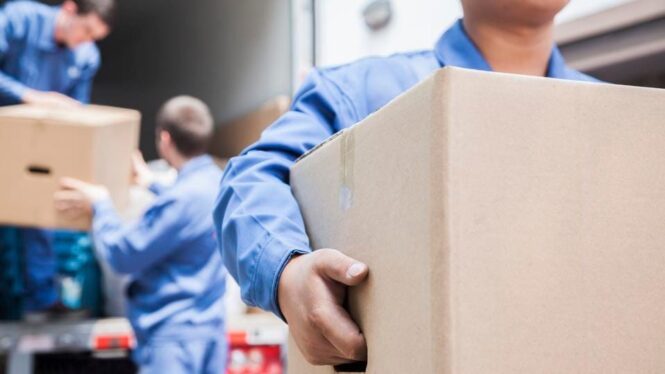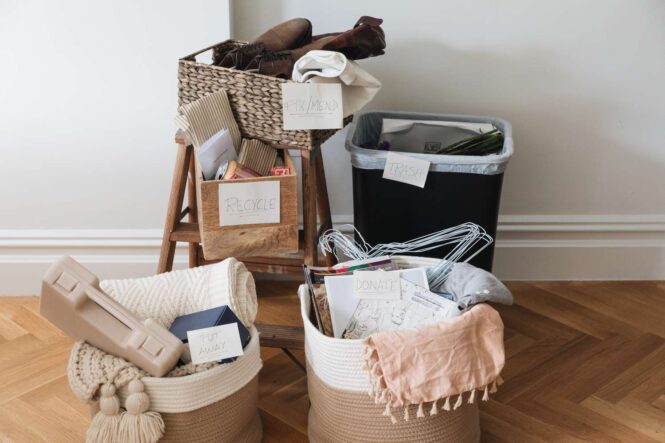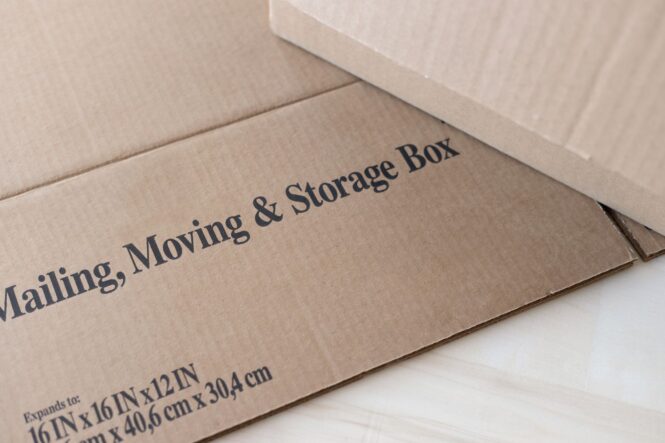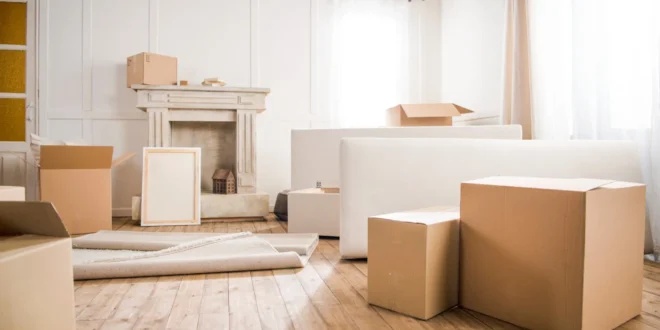Moving can be a daunting task for anyone, but it doesn’t have to be. By staying organized and prepared, you can make the process much smoother and less stressful. In this article, we’ll explore the best ways to prepare for a move, from decluttering to labeling boxes and everything in between.
Introduction: The Stress of Moving
Moving is often considered one of life’s most stressful events. It involves a lot of planning, packing, and organizing, which can be overwhelming. It is also an emotional time, as it often involves leaving behind friends, family, and familiar surroundings. However, with the right strategies, the process can be a lot less stressful.
1. Hire a Professional Moving Company

Hiring a professional company for house removals in London can help reduce moving stress. They can help with everything from packing to loading and unloading the moving truck.
When selecting a moving company, it’s essential to do your research to ensure you choose a reputable and reliable company. You can start by checking online reviews and ratings to get an idea of their track record. Additionally, it’s important to ask about their experience and certifications to ensure they have the skills and knowledge needed to handle your move efficiently.
Comparing quotes from multiple companies is also a smart move. This allows you to compare prices and services, ensuring that you are getting the best value for your money. Make sure to ask about any additional services that may be available, such as packing materials or storage solutions.
By hiring a professional moving company, you can rest assured that your move will be handled with care and expertise, reducing your stress levels and allowing you to focus on settling into your new home.
2. Start Planning Early
One of the best ways to reduce moving stress is to start planning early. Give yourself plenty of time to prepare for the move, ideally at least two months before the set date. This will give you enough time to declutter, organize your belongings, and pack everything up.
When you start planning, create a moving checklist. This will help you stay organized and ensure you don’t forget anything important. Your checklist should include tasks such as decluttering, packing, notifying important parties, and arranging for a moving company.
3. Declutter and Donate

Decluttering is an important step in preparing for a move. It not only helps you get rid of items you no longer need or want but also reduces the number of items you’ll need to pack and move.
When decluttering, start by going through your belongings room by room. Separate items into three piles: keep, donate, and throw away. Be ruthless when deciding what to keep, and consider whether you’ve used the item in the past year.
Donate items that are still in good condition but no longer serve a purpose for you. Many charities and non-profit organizations accept donations of clothing, furniture, and household goods. Not only will you be helping others, but you’ll also be reducing waste and saving money on moving costs.
4. Organize Your Belongings
Once you’ve decluttered, it’s time to organize your belongings. This will make packing and unpacking much easier. Start by grouping similar items together, such as kitchen items, bathroom items, and bedroom items.
Use storage containers or boxes to keep items organized. Label each box with the contents and the room it belongs to. This will make it much easier to unpack and put everything in its proper place in your new home.
5. Label Boxes Effectively

Labeling boxes is crucial to a successful move. It helps you keep track of your belongings and ensures that everything ends up in the right room in your new home.
When labeling boxes, use a clear and concise labeling system. For example, use a marker or label maker to indicate the contents of the box and the room it belongs to. Be sure to label both the top and the sides of the box so that you can easily identify it when it’s stacked with other boxes.
6. Protect Your Valuables
During a move, your belongings may be jostled around or damaged. To protect your valuables, take the following steps:
- Use packing materials: Use packing materials, such as bubble wrap and packing paper, to protect fragile items.
- Pack valuables separately: Pack valuables, such as jewelry and important documents, separately and transport them with you.
- Consider insurance: Consider purchasing moving insurance to protect your belongings in case of damage or loss.
7. Notify Important Parties
Before you move, it’s important to notify important parties of your change of address. This includes:
- Your bank
- Your employer
- Your utility companies
- Your insurance providers
- Your credit card companies
Moving Day: What to Expect
Moving day can be hectic, but with the right preparation, it can go smoothly. Here’s what to expect on a moving day:
- The moving truck arrives: The truck will arrive at your home on the scheduled day.
- Loading the truck: The movers will load your belongings onto the truck.
- Transporting your belongings: The moving company will transport your belongings to your new home.
- Unloading the truck: The movers will unload your belongings and place them in the appropriate rooms.
Unpacking and Setting Up Your New Home

Once you’ve moved into your new home, it’s time to unpack and set up. Here are some tips to make the process easier:
- Unpack one room at a time: Unpack one room at a time to avoid feeling overwhelmed.
- Set up essential items first: Set up essential items, such as your bed and kitchen supplies, first.
- Take your time: Take your time unpacking and setting up your new home. There’s no rush to get everything done right away.
Conclusion: Moving Made Easy
Moving can be stressful, but with the right strategies, it doesn’t have to be. By starting early, decluttering, organizing your belongings, and hiring a professional moving company, you can make the process much smoother. Remember to take your time and be patient during the packing and unpacking process. With these tips and tricks, you can say goodbye to moving stress and enjoy your new home.
 Imagup General Magazine 2024
Imagup General Magazine 2024



